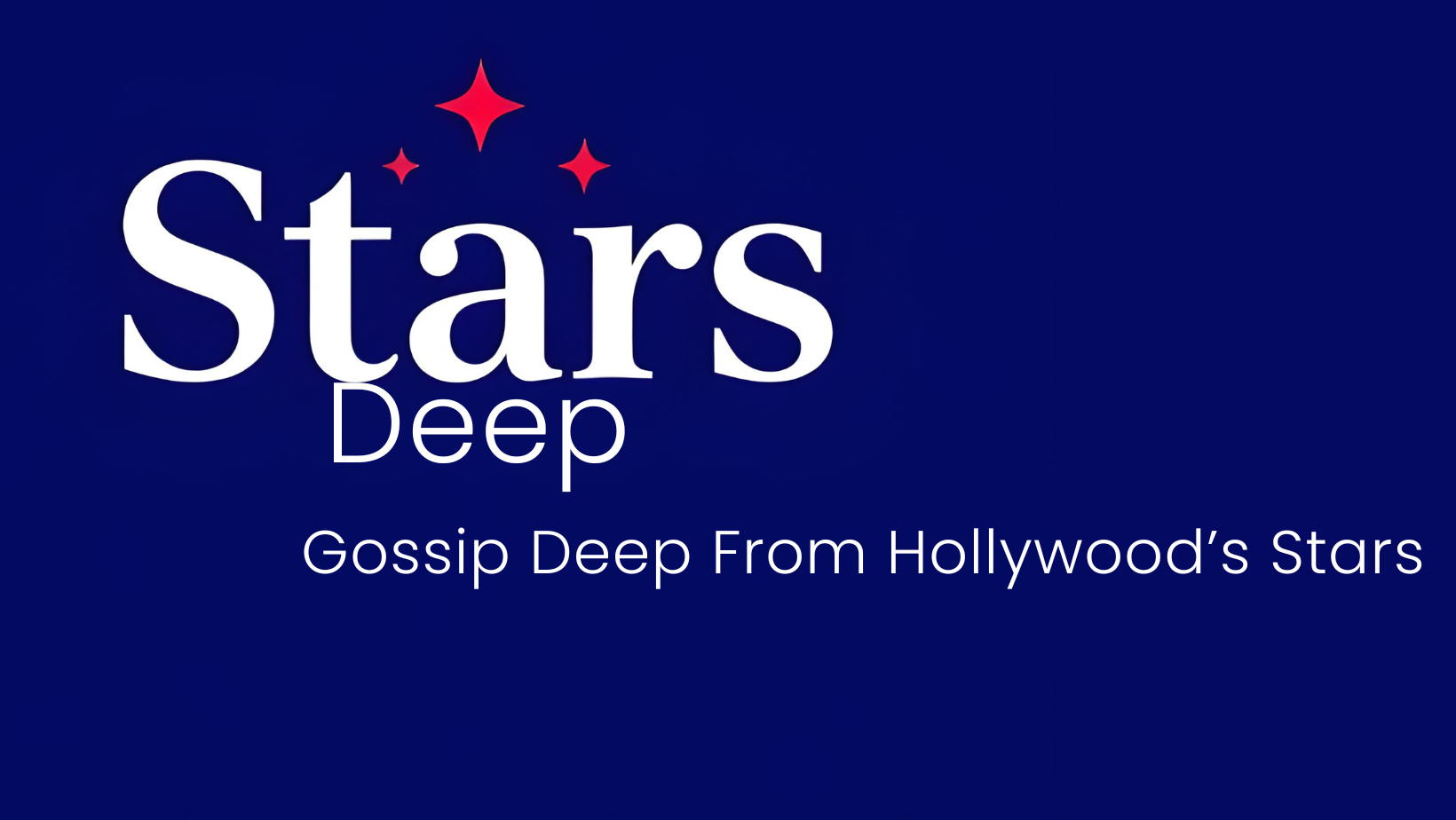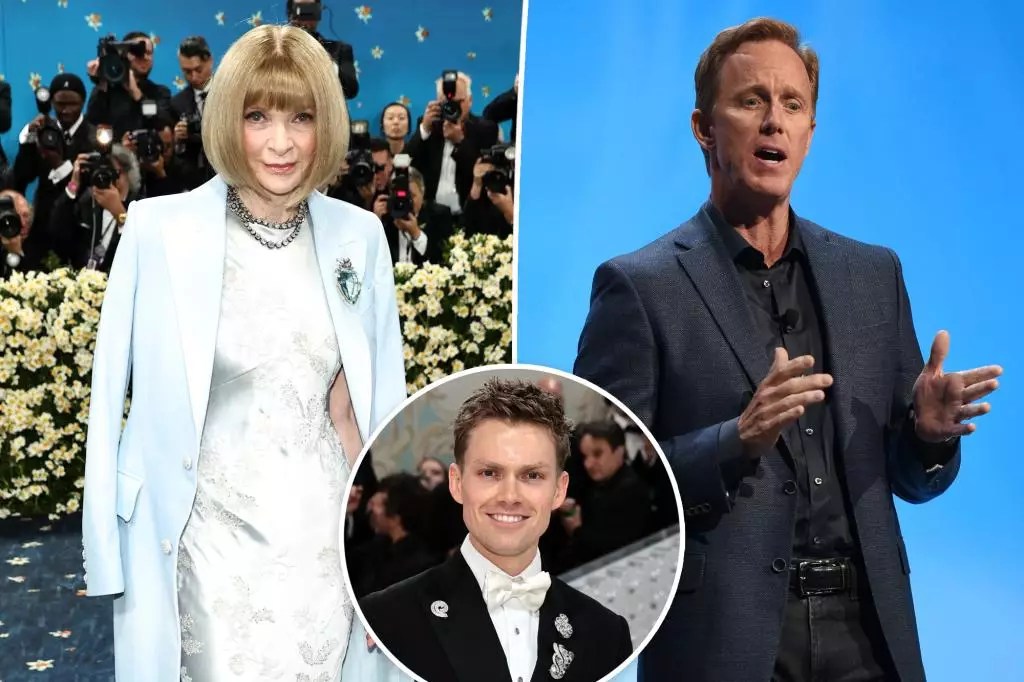In the world of elite fashion and media, few individuals command as much authority as Anna Wintour. Known for her keen eye for talent and her unwavering commitment to the aesthetic narrative, Wintour’s recent decision to appoint Mark Guiducci as the global editorial director of Vanity Fair has elicited mixed reactions within the renowned publishing house, Condé Nast. The dynamics of corporate decision-making at this level often involve complex relationships and allegiances, and this appointment appears to be no exception. Wintour’s choice, made in apparent defiance of CEO Roger Lynch’s preferences, has ignited conversation—and controversy—about the leadership and future direction of one of the industry’s most storied publications.
The Ripple Effects of a Rushed Decision
Certain insiders report that Wintour “steamrolled” Lynch during the selection process, announcing Guiducci as her choice in a meeting from which Lynch was absent. This absence has led to disquiet among staffers at Vanity Fair, with descriptions of a gloomy atmosphere pervading the office following the announcement, as if they were mourning a loss. It’s a stark reminder of the often unseen tensions that can surge beneath the polished surface of a magazine known for its glamour and prestige. The internal discontent speaks volumes about the trust—or lack thereof—that Wintour’s team places in the decision-making process and in her ability to lead them into a new era.
While some may dismiss the internal backlash as mere grumbling, the reality is that these sentiments reveal a deeper worry. Employees, many of whom are passionate about their craft, have labeled Guiducci a “nepo” hire—someone favored not solely based on merit but through familial connections, specifically his relationship with Wintour’s daughter, Bee Shaffer. This label can undermine a leader’s credibility from the outset, setting a precarious foundation for Guiducci’s tenure.
A Vibrant, Yet Uncertain Future
Despite the skepticism surrounding Guiducci’s ascendance, it’s crucial to acknowledge his experience and capabilities. Having previously led Garage magazine to notable acclaim, he is not without talent or credentials. His expressed gratitude for the opportunity to return to Condé Nast after fifteen years speaks to a sense of ambition tempered with nostalgia. Wintour, in her initial comments, described him as a “creative editor” and “a leader under whom Vanity Fair will grow,” suggesting that there is at least a visionary partnership brewing between the two. However, the question remains: Can Guiducci overcome the perception of favoritism to earn the respect of the staff and elevate the publication as Wintour hopes?
The reality is that Guiducci stands on precarious ground. The criticism he faces isn’t just a personnel matter; it reflects broader discussions about the media industry, where nepotism casts long shadows over talent and innovation. The idea that Wintour intentionally sought someone within her sphere of influence raises concerns that the editorial independence of Vanity Fair may not be prioritized, a sentiment that could alienate daring voices and fresh perspectives that are essential in an ever-evolving media landscape.
The Bigger Picture in Editorial Leadership
Moreover, the tension stemming from this strategic maneuver is symptomatic of larger trends within corporate media. Editorial independence—the bedrock of journalistic integrity—is often at odds with business interests and the realities of personal relationships in such a high-stakes environment. As traditional media grapples with newfound competition from digital platforms, the appointments of leaders like Guiducci serve as flashpoints for discussions on meritocracy, diversity of thought, and the future of cultural commentary in publishing.
Additionally, Guiducci’s relationship with Wintour arguably places him under an even more critical eye, where any misstep could be quickly attributed to favoritism rather than capability. Wintour’s desire for control is particularly alarming in an age where collaborative creativity is becoming more valued. In this disjunction between control and creativity, Vanity Fair’s future hangs in the balance—caught between the ambitions of a beloved editor and the aspirations of a new leader navigating a turbulent industry.
While anticipation surrounds Guiducci’s leadership, the upcoming months will undoubtedly reveal much about the atmospherics at Vanity Fair. Can this chair of interrelated stakes produce a publication that continues to captivate and challenge? Or will it succumb to the pitfalls that accompany cozy networks and familiar connections in a world that increasingly demands innovation and transparency?


Leave a Reply